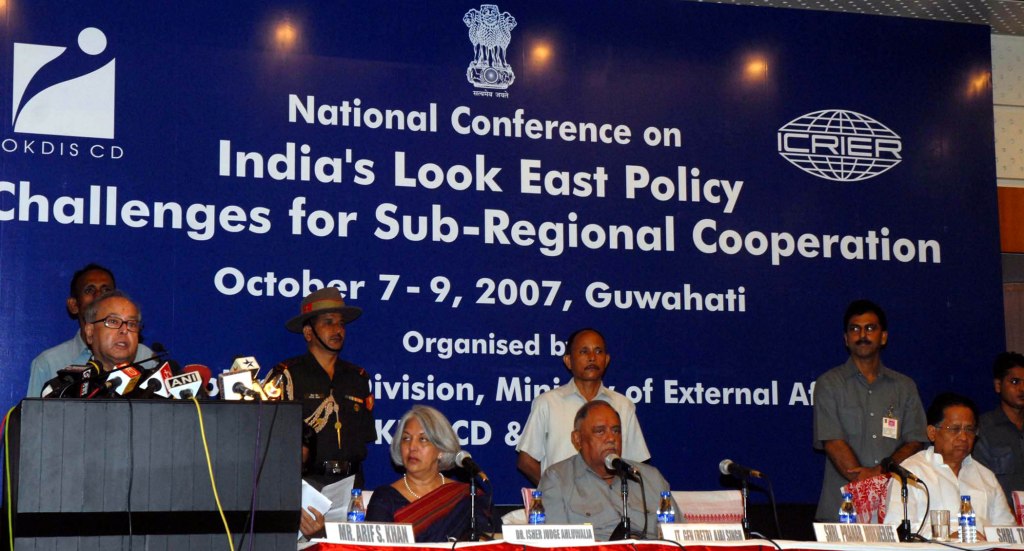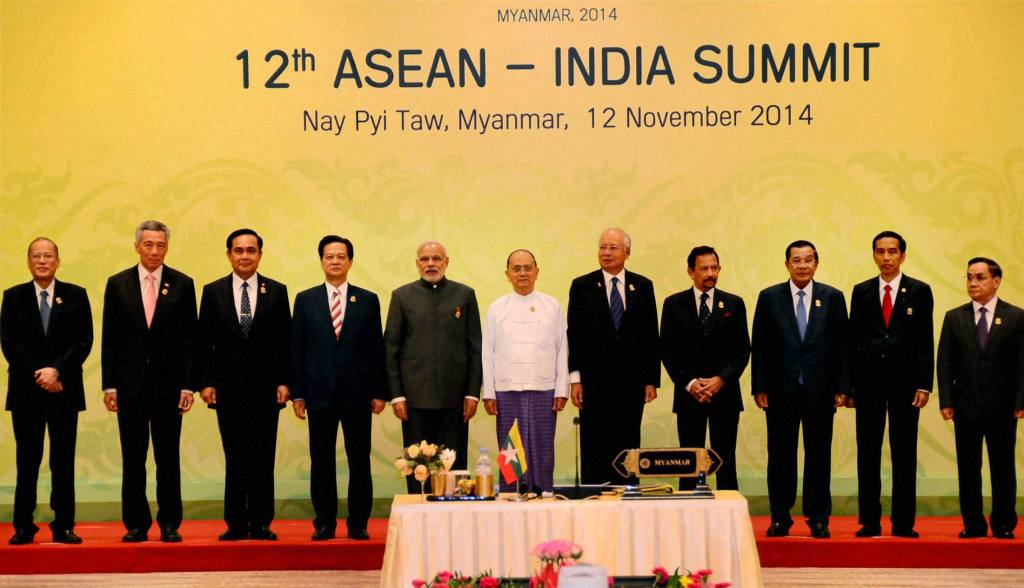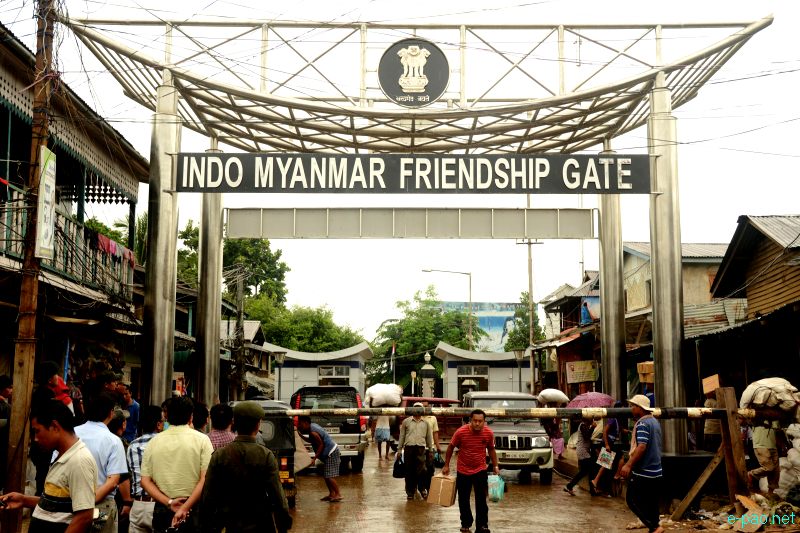While addressing the East Asia Summit in Nay Pyi Taw in November, 2014, Indian Prime Minister Narendra Modi said “Since entering office six months ago, my government has moved with a great sense of priority and speed to turn our Look East Policy into Act East Policy”. This turning of Look East into Act East does not mean that ‘Look East’ policy lacked, but it signifies its souring accomplishments which made the government to even increase the arena of this policy into ‘Move East’.
India’s Look East policy has been an effort to cultivate extensive economic and strategic relations with the nations of Southeast Asia in order to foster its standing as a regional power and to provide a counterweight to the strategic influence of the People’s Republic of China. Initiated in 1991, it has marked a strategic shift in India’s perspective of the world. Developed and enacted during the government of Prime Minister P.V. Narsimha Rao, this policy has been rigorously pursued by all the successive administrations, irrespective of the party which came into power.
Ever since the Sino-Indian war of 1962, China and India have always been strategic competitors in South and East Asia. China has cultivated close commercial and military relations with India’s neighbour and rival Pakistan and competed for influence in Nepal and Bangladesh. After Deng Xiaoping’s rise to power in China in 1979, China began reducing threats of expansionism and in turn cultivated extensive trade and economic relations with Asian nations. China became the closest partner and supporter of the Military rule of Burma, which had been condemned by the international community. In contrast, during the Cold War, India had a relatively hesitant relationship with many states in Southeast Asia and diplomatic relations with Southeast Asia were given a comparatively low priority. Then why a gradual increase in intimacy with the eastern neighbours occured?
‘Neighbours can’t be changed, so it is better to be friends with them’. This quotation applies for our homes as well as for the nations. Nepal, Bangladesh, Myanmar, Sri Lanka and South-east Asian nations are small, have lesser resources ,in an overall context, than India; but from strategic perspective they are of extreme importance. Strengthening of ties with these neighbours is useful for all, as trade and efficient flow of goods across the border require less cost of transportation than the trade with other distant countries. When it comes to east, Myanmar stands as the most promising partner. Although bilateral relations were stagnated with the military regime, India’s policy changed in 1993, making friendly overtures to the military junta. India signed trade agreements and increased its investments in Burma; although private sector activity remains low, India’s state corporations have landed lucrative contracts for industrial projects and the construction of major roads and highways, pipelines and upgrading of ports. Apart from this, India has also increased its competition with China over the harnessing of Burma’s significant oil and natural gas reserves, trying to establish a major and stable source of energy for its fast growing domestic needs. This trade with Myanmar is also countering Chinese monopoly over Burmese resources and reducing India’s dependence on oil-rich Middle Eastern nations. Although China remains Burma’s largest military supplier, India has seriously offered to train Burma’s military personnel and has sought their cooperation in curbing separatist militants and the heavy drug trafficking affecting much of North-eastern part of India. China’s winning of contracts harnessing more than 2.88–3.56 trillion cubits of natural gas in the Rakhine State and development of naval and surveillance installations along Burma’s coast and the Coco Islands has provoked great concern and anxiety in India, which has stepped up its investment in port development, energy, transport and military sectors.
Apart from Myanmar, India has also established strong commercial, cultural and military ties with the Philippines, Singapore, Vietnam and Cambodia. These friendships are all the results of the Look East policy. India signed free trade agreements with Sri Lanka and Thailand and stepped up its military cooperation with them as well. It has numerous free trade agreements with East Asian economies, including a ‘Comprehensive Economic Cooperation Agreement’ with Singapore and an ‘Early Harvest Scheme’ with Thailand, while it is negotiating agreements with Japan, South Korea, and Association of Southeast Asian Nations (ASEAN) member states. These initiatives have widened the market for goods as well as the choice of a consumer. Ties have been strengthened with Taiwan, Japan and South Korea over common emphasis on democracy, human rights and strategic interests. South Korea and Japan remain amongst the major sources of foreign investment in India.
Commerce with South and East Asian nations accounts for almost an astounding 45% of India’s foreign trade. Although its efforts have met with considerable success, India lacks behind China in trade as well as other aspects of relation in the Eastern countries. India’s cultivation of friendly relations with the military regime of Burma and its reluctance to criticise or pressure it over human rights violations and suppression of democracy has evoked much criticism at home and abroad. But the contributions of the Look East policy ought to be recognised and praised as it has played a significant role in improving ties with the east.



